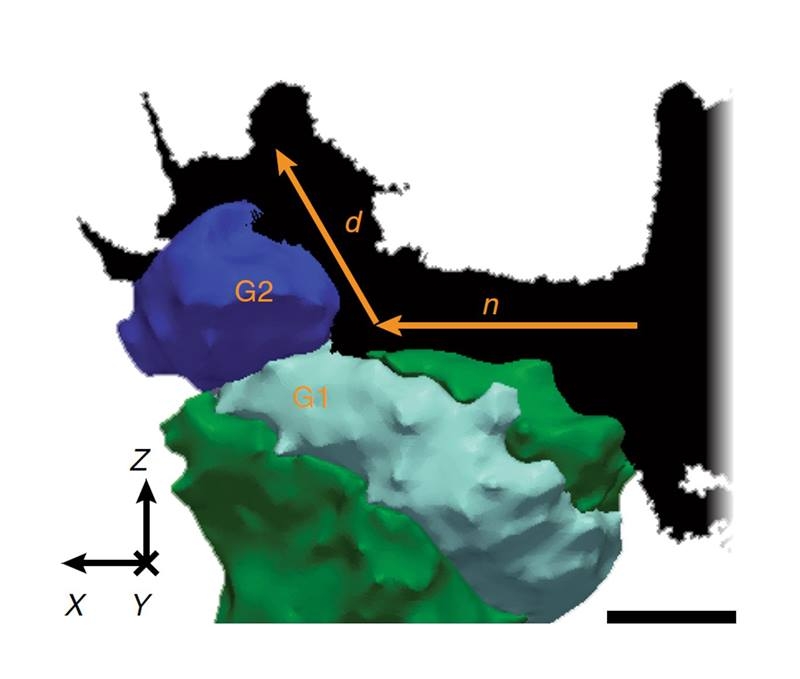The Science
When metals are exposed to hydrogen-containing environments, they can become brittle. Under stress, cracks propagate. The cracks form along internal boundaries between the material’s grains. Scientists devised specialized X-ray mapping techniques. They determined that boundaries associated with regions where atoms are closely packed together most readily resist cracking. This analysis revealed that when a crack encounters such a boundary, it’s deflected to a less direct path and crack growth is slowed.
The Impact
The team’s X-ray technique allows scientists to characterize the orientation of hundreds of grains deep inside metals. Scientists can use this technique for typical real-world operational conditions. For example, they can use it to examine stress and subsequent cracking in a hydrogen-containing environment. Knowing how cracks grow in terms of atomic arrangements along the path of the crack will enable engineers to design tougher, crack-resistant metal alloys.
Summary
The metals used in cars, bridges, pipelines, and most other commercial applications contain many tiny regions with different atomic arrangements referred to as “grains.” The grain boundaries are a vulnerable part of the material and are often the path of least resistance for growing cracks. To get the atomic-level understanding needed to design better materials, scientists must fully elucidate the complexity associated with these boundaries. They face additional challenges when trying to examine the interior of the material when it is in real-world operating conditions. In this research, new high energy X-ray measurement techniques and computer algorithms allow sorting and tracking of the X-ray diffraction peaks emanating from every grain in a metal. The team used high energy X-rays to image the crack and also the grains inside a material in terms of size, shape, and position. Importantly, the new advances also determine the crystallographic orientation of the atomic arrangements in each grain. With the metals stressed by a mechanical load, the team imaged the grain boundaries associated with a growing crack and determined the atomic nature of the crack path. Cracks in metals exposed to hydrogen generally split the sample apart at the boundaries between grains. In this study, the scientists found that when a crack approached a specific type of grain boundary—one with a close-packed atomic arrangement for at least one of the grain orientations on either side of the boundary—the crack would follow a different path and be deflected away from the atomically strong close packed boundary. This resulted in slowing the crack and delaying failure. The new understanding of how cracks propagate will inspire grain orientation control methods during synthesis of alloys engineered for improved toughness to crack propagation.
Funding
The Department of Energy, Office of Science, Basic Energy Sciences funded technique development and data analysis contributions; use of the Advanced Photon Source, an Office of Science user facility; and the Office of Science Graduate Fellowship Program (J.P.H.). The National Science Foundation supported research at Massachusetts Institute of Technology (MIT) Center for Materials Science Engineering, providing computational resources, and supported high-energy diffraction microscopy data analysis. Additional support was provided by the British Petroleum-MIT Materials and Corrosion Center.
scraped from https://www.newswise.com/articles/atomically-packed-boundaries-resist-cracking



